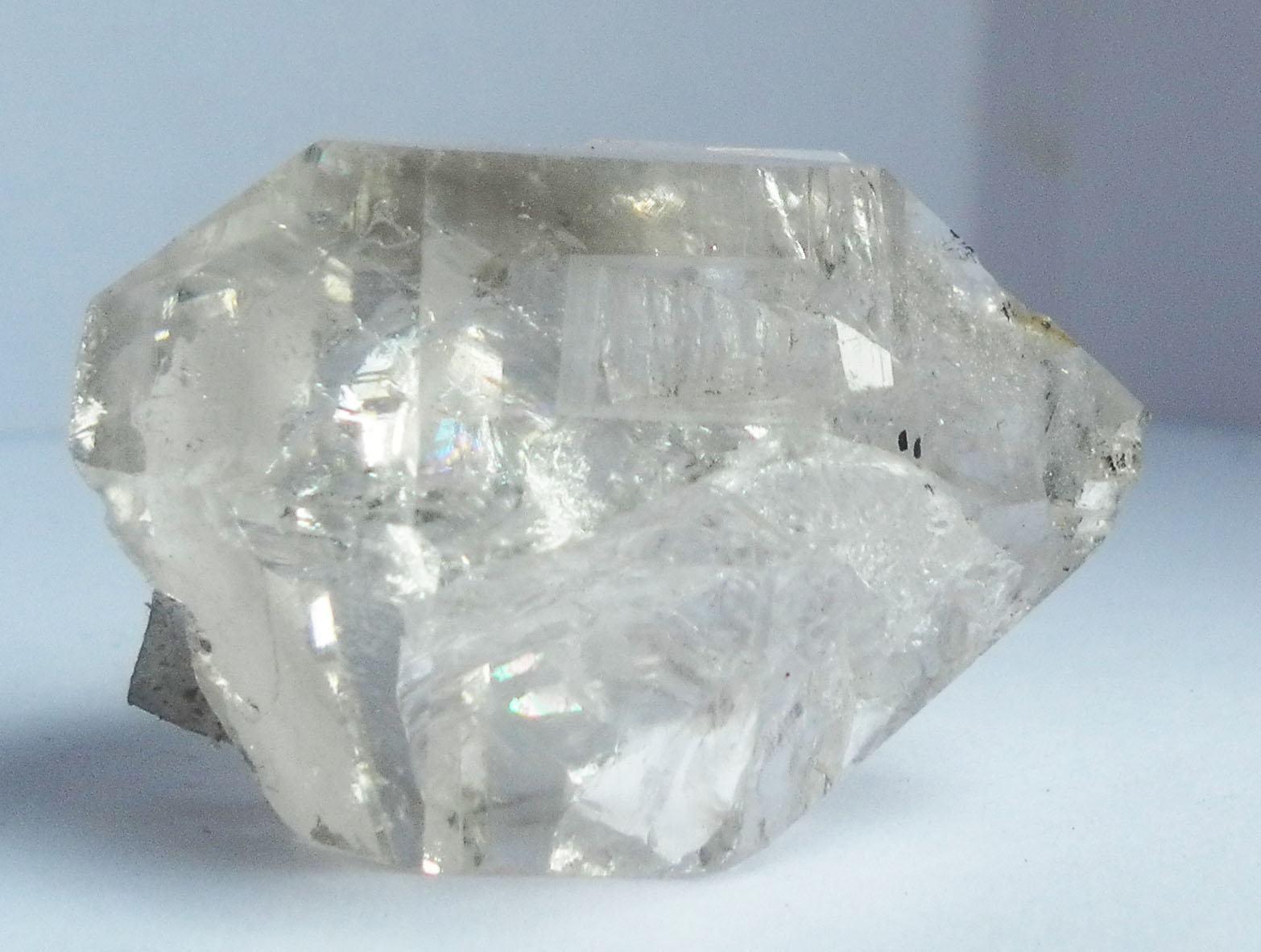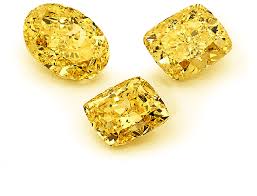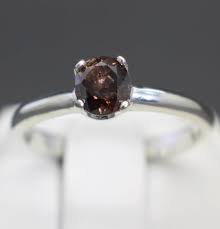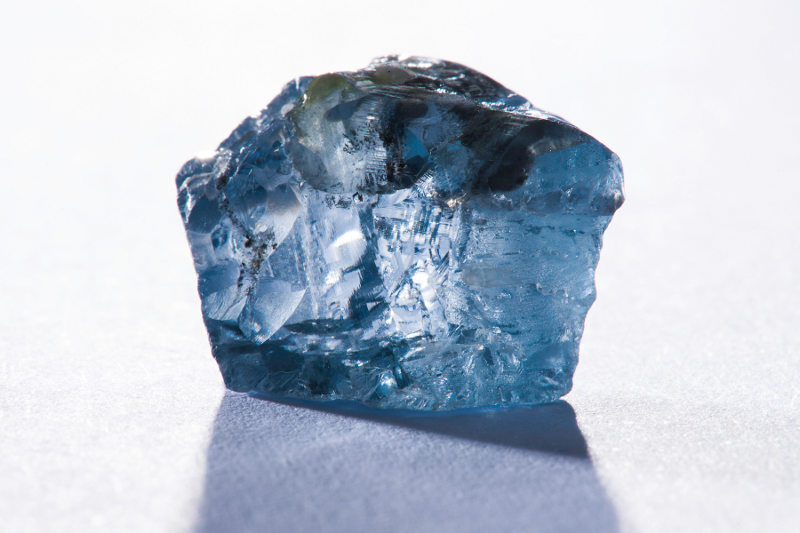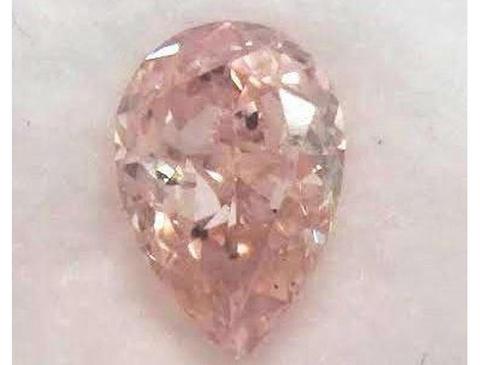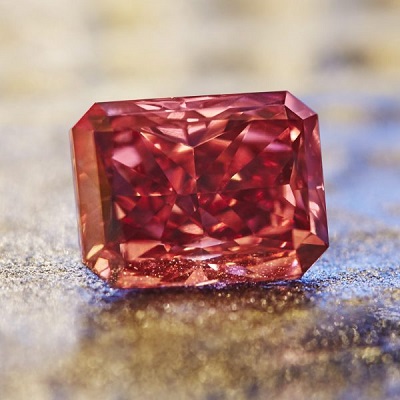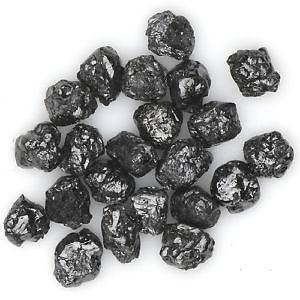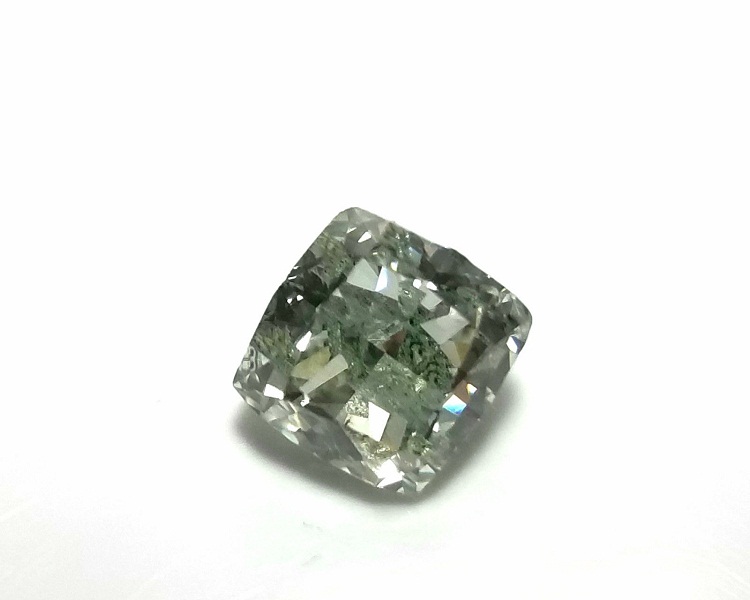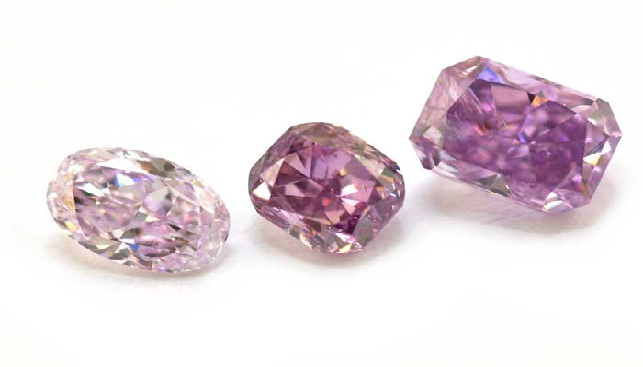Do Diamonds Come from Coal
How and Where are Diamonds Formed in Nature ― Accepted Theories
How Long Does it Take for a Diamond to Form
How Do Natural Colored Diamonds Form
Video: How are Diamonds Formed
What is a Man-Made Diamond
However, coal can turn into a diamond if it undergoes immense pressure and heat, as shown in lab experiments.
Theory 1: Forming in the earth’s mantle
Diamonds form in earth’s mantle and are carried near the surface by deep-source volcanic eruptions. The lava traveling from deep down, towards the surface of the earth carry the diamonds along with it, forming the lamproite pipes and kimberlite where the gemstone is often found. The actual process that creates diamonds does involve extreme heat and pressure, so it can only occur in the areas of the mantle as hot as 2000℉ (1090℃) and as deep as 90 miles (150km) below earth’s surface.
Theory 2: Creation in subduction zones
Sometimes, small diamond crystals are formed when different parts of the earth’s crust (tectonic plates) collide with each other, causing subduction of the plates, pushing them near the mantle. In this case, diamond crystals can form only around 50 miles (80km) below the surface, at around 390℉ (200℃). Studies have shown carbonate rocks (e.g. limestone, marble), carbon in the earth’s mantle, coal, as well as plant and animal matter to be sources of carbon for diamonds created by subduction.
Theory 3: By impact with asteroids
In its 4.6 billion years as a planet, Earth has been hit by multiple asteroids of varying sizes. Each collision causes tremendous pressure as well as temperatures higher than the sun, which may lead to the formation of diamonds if there are carbonate rocks or any other form of carbon present in the target area. This theory has been further backed by the discovery of small and large diamonds from asteroid impact sites all over the world.
Theory 4: Made in space
Nasa researchers have found considerable amounts of extremely tiny diamond particles (nanodiamonds) inside some meteorites. These are believed to have formed due to collisions between meteors, much like how diamonds may be created by asteroids. There are trace amounts of carbon present in meteors, which leads to the formation of diamond particles. There are such particles present in the Allen Hills meteorite (Antarctica), while the Allende meteorite (Mexico) has been found to contain diamonds older than the Earth’s solar system. Despite being too small to be used as a gemstone, this is a good source of diamond material for other applications. Scientists have also found that the steps involved in diamond-formation may not be continuous; so, a half-formed diamond may remain the same for millions of years before the conditions are favorable again for further development. Man-Made Diamonds Vs Real Diamonds Both man-made and authentic mined diamonds look the same and have the same physical and chemical properties. Gem-quality lab-made diamonds are extensively used in jewelry making.
